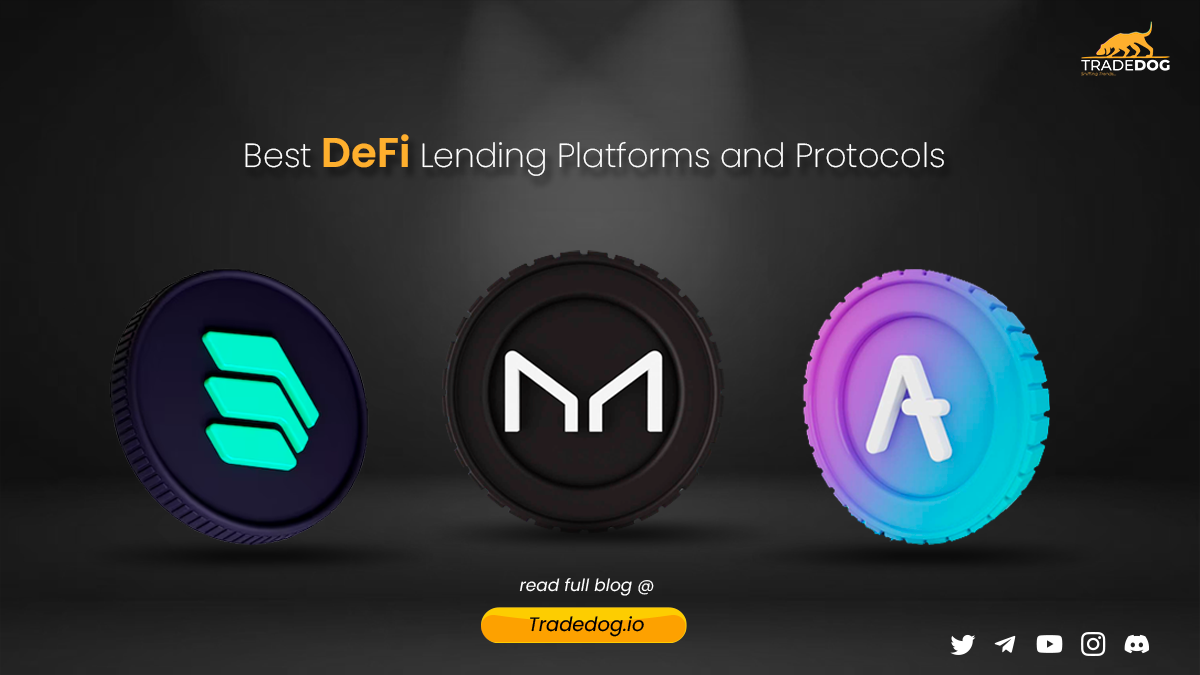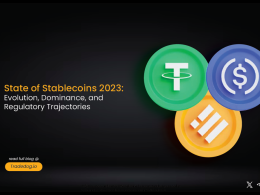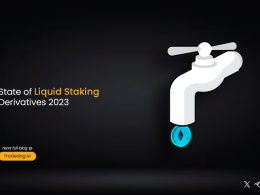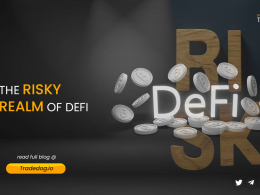Quick Links
The idea of “lending and borrowing” has been around for ages and most people are involved in borrowing in the form of a car loan, student loan or business loan. Lenders provide funds to borrowers in return for interest on their offered amount while borrowers pay interest on the principal amount borrowed by them. Traditionally, such deals were facilitated by banks or independent financial entities, however, in the context of cryptocurrencies, it is facilitated by either centralized institutions or decentralized crypto exchanges.
CeFi Lending
CeFi or centralized finance is also called crypto banks as they function similarly with respect to traditional banks. Institutes like Celsius, and BlockFi take custody of the funds deposited by the lenders and provide loans to institutional players like market makers, hedge funds etc. However, it faces challenges like being exposed to hacking, and losing customer deposits and does not fulfil the main value proposition of cryptocurrency, i.e, custody of your assets.
DeFi Lending & Borrowing
DeFi lending, on the other hand, operates on a decentralized blockchain network which allows users to control their funds at all times and expedite the process of lending and borrowing funds via smart contracts, which are self-executing computer programs that automatically enforce the terms of the loan agreement.
Why Decentralized Lending?
Permissionless
DeFi platforms are more accessible to users as anyone with an internet connection can participate in the lending and borrowing process without any credit checks or barriers to entry.
Asset Agnostic
It means users can lend and borrow a variety of digital assets, including cryptocurrencies, stablecoins, and tokenized assets.
Transparency
The use of blockchain technology in DeFi lending provides a transparent and immutable record of all transactions, ensuring that all parties involved in a transaction have access to the same information.
Decentralisation
The system works on a peer-to-peer basis and makes it less susceptible to the risks and vulnerabilities associated with traditional lending systems.
Programmability
Smart contracts enable the creation of sophisticated lending protocols that can automate the process of lending and borrowing.
How does DeFi Lending Mechanism work?
The first step is to deposit digital assets, so the lenders supply their tokens to a smart contract according to the instructions given by the platform. Also, they start receiving interest on their tokens according to the current supply APY. In exchange for the supplied tokens, the smart contract issues native tokens which represent the amount of supplied tokens plus interest that the lender can redeem. The interest is determined on the basis of demand and supply for the tokens in a particular market.
Next, the borrowers are required to provide security for the loan by giving digital assets as collateral which is held in the smart contract until the loan is repaid.
Post depositing the collateral, borrowers can request the loan amount and digital assets they want to borrow. However, it must be noted that most of the loans are over-collateralized which means the value of the collateral security is more than the worth of the actual loan provided to borrowers. The loan amount to be provided depends on the total amount of the funds available to be borrowed in a particular market and the quality of the collateral deposited by the borrower. For instance, DAI & ETH have a collateral factor of 75% on the Compound. This indicates that up to 75% of the specified DAI or ETH value may be utilized to borrow more tokens.
The smart contract automatically matches borrowers with lenders, and the loan is disbursed into the borrower’s account. The borrowers are required to repay the principal amount as well as the interest outstanding by a certain date. It is important to note that the borrow APY is higher than the supply APY in a particular market. Also, the interest rates are variable and are subject to change depending on the lending and borrowing demand for particular tokens.
f the borrower is unable to repay the loan, the smart contract will automatically liquidate the collateral to recover the loan amount.
Risks and Challenges of DeFi Lending
While DeFi (Decentralized Finance) provides numerous benefits, it also presents a few challenges that must be considered.
Technical Faults
As smart contracts are self-executing contracts, they are vulnerable to bugs and exploits which can lead to financial losses.
Market Volatility
Most of the lending and borrowing deals are facilitated via cryptocurrencies, which are highly volatile. If the price of the cryptocurrency being used as collateral drops significantly, users may be subject to liquidation, where their collateral is sold off to cover the outstanding loan.
High Borrowing Cost
As the rate of APY keeps changing due to the market forces of demand and supply for the tokens, the borrowers are in the risky position of paying a higher interest. For instance, the borrow APY on the BAT token on Compound went up to over 40% which left unaware users to pay more than the expected amount.
Regulations
DeFi is largely unregulated which opens up space for fraud and illicit activities. It requires users to do their due diligence while dealing with these protocols.
Liquidity Risk
DeFi protocols rely on liquidity providers to match lenders and borrowers which can lead to higher interest rates and waiting time if there is not enough liquidity in the market.










